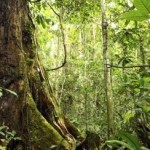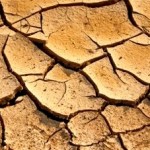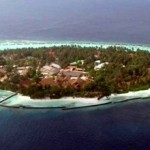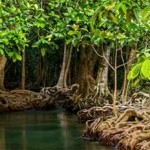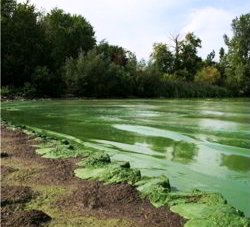Notes:
The Intergovernmental Panel on Climate Change (IPCC) is the international body for assessing the science related to climate change. It was set up in 1988 by the World Meteorological Organization (WMO) and the United Nations Environment Programme (UNEP) to provide policymakers with regular assessments of the scientific basis of climate change, its impacts and future risks, and options for adaptation and mitigation.
Working Group II, which assesses impacts, adaptation, and vulnerability, is co-chaired by Vicente Barros of the University of Buenos Aires, Argentina, and Chris Field of the Carnegie Institution for Science, USA. The Technical Support Unit of Working Group II is hosted by the Carnegie Institution for Science and funded by the government of the United States of America.
At the 28th Session of the IPCC held in April 2008, the members of the IPCC decided to prepare a Fifth Assessment Report (AR5). A Scoping Meeting was convened in July 2009 to develop the scope and outline of the AR5. The resulting outlines for the three Working Group contributions to the AR5 were approved at the 31st Session of the IPCC in October 2009.
A total of 309 coordinating lead authors, lead authors, and review editors, representing 70 countries, were selected to produce the Working Group II report. They enlisted the help of 436 contributing authors, and a total of 1729 expert and government reviewers provided comments on drafts of the report. For the Fifth Assessment Report as a whole, a total of 837 coordinating lead authors, lead authors, and review editors participated.
The Working Group II report consists of two volumes. The first contains a Summary for Policymakers, Technical Summary, and 20 chapters assessing risks by sector and opportunities for response. The sectors include freshwater resources, terrestrial and ocean ecosystems, coasts, food, urban and rural areas, energy and industry, human health and security, and livelihoods and poverty. A second volume of 10 chapters assesses risks and opportunities for response by region. These regions include Africa, Europe, Asia, Australasia, North America, Central and South America, Polar Regions, Small Islands, and the Ocean.

